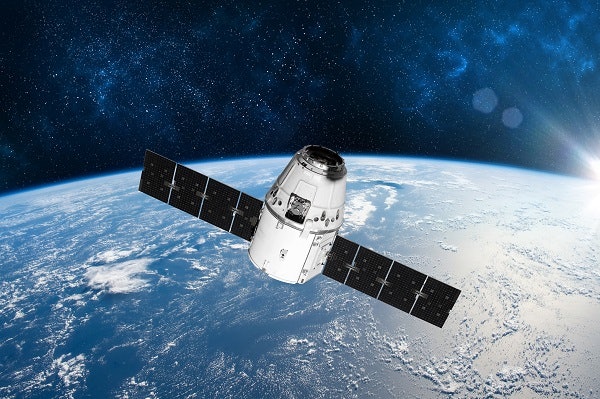In an exciting development for both space exploration and healthcare, KA Imaging has achieved a significant milestone with the first-ever X-ray taken of an astronaut in space. This breakthrough not only marks a pivotal moment in space health monitoring but also showcases the potential for portable X-ray technology in improving healthcare outcomes on Earth.
The Fram2 Mission: A Historic Splashdown
The recent Fram2 mission exemplifies the potential of KA Imaging’s technology. Launched on March 31 and successfully splashed down off the coast of Oceanside, California, on April 4, the mission accomplished the historic feat of using an X-ray machine in space for the first time. Karim Karim, the chief technology officer of KA Imaging, illustrated the numerous capabilities of this ultraportable X-ray machine.
According to Karim, “Because of spectral technology for the first time you can do quantitative imaging with X-ray.” This capability allows for a deeper examination of human anatomy, which is particularly vital for monitoring astronauts’ health as they navigate the challenges of space travel.
Understanding the Unique Technology
Developed in the Waterloo region of Canada, the X-ray detector is lightweight and portable, addressing prior limitations faced by traditional X-ray machines which were not feasible to transport in a space environment due to their weight and bulkiness. This innovative device is designed to accurately measure bone density and can play a critical role in supporting astronauts’ health during long missions, where monitoring bone density becomes necessary due to the adverse effects of prolonged weightlessness.
“Monitoring bone density is very important. It can allow for the correct exercise regiment or potentially pharmaceutical intervention.” – Karim Karim
Why X-rays are Crucial in Space
In microgravity environments, astronauts experience considerable bone density loss—factoring significantly into their health and readiness upon returning to Earth. Karim emphasizes that the data collected through the X-ray technology can inform essential precautions to mitigate health risks associated with space travel.
The Impacts on Earthly Healthcare
Beyond its applications in space, KA Imaging’s portable X-ray technology has the potential to revolutionize healthcare delivery on Earth. With the increasing challenges faced by healthcare systems—such as long wait times and reliance on high-cost procedures— this device offers solutions that could streamline processes and enhance patient outcomes.
Karim articulates that deploying this device in settings such as ambulances, urgent care clinics, and remote locations can tremendously reduce the burden on healthcare facilities. For example, by enabling early detection of life-threatening conditions like pneumonia or cancer, healthcare providers can allocate resources more efficiently and potentially save lives.
Clinical Use and Approval
The device has already gained FDA clearance and Health Canada approval, with several hospitals both in Canada and the United States currently utilizing it. Despite being in the research phase for bone density measurements, the existing applications have demonstrated improved efficiencies and healthcare outcomes.
Economic Viability of the Technology
One of the notable advantages of KA Imaging’s technology is its economic feasibility compared to conventional X-ray systems. Traditional hospital X-ray procedures can be cumbersome and costly due to transportation and operational expenses. The introduction of a compact X-ray device significantly reduces these costs, making healthcare more accessible and sustainable.
Karim suggests that adopting such technology could save hospitals hundreds of thousands of dollars annually, particularly in intensive care units where patients frequently require imaging. This economic efficiency, combined with improved diagnostic capabilities, ensures that the technology aligns with modern healthcare demands.
This advancement isn’t merely a leap for the space industry; it also presents a transformative opportunity for health systems grappling with rising costs and patient demands.
Looking Forward
As KA Imaging continues to advance its technology, the anticipation for broader applications both in space and on Earth grows. Future innovations might expand the usability of the portable X-ray device to other areas of medicine, with an emphasis on enhancing patient care and operational efficiency.
Conclusion
The pioneering work of KA Imaging signifies a notable advancement in the intersection of aerospace technology and healthcare. With its first successful X-ray in space, the implications for astronaut health and medical imaging on our planet are monumental. As we progress further into the era of space exploration, technologies like those developed by KA Imaging will inevitably play a crucial role in ensuring the well-being of travelers beyond our atmosphere while simultaneously transforming healthcare practices on Earth.

